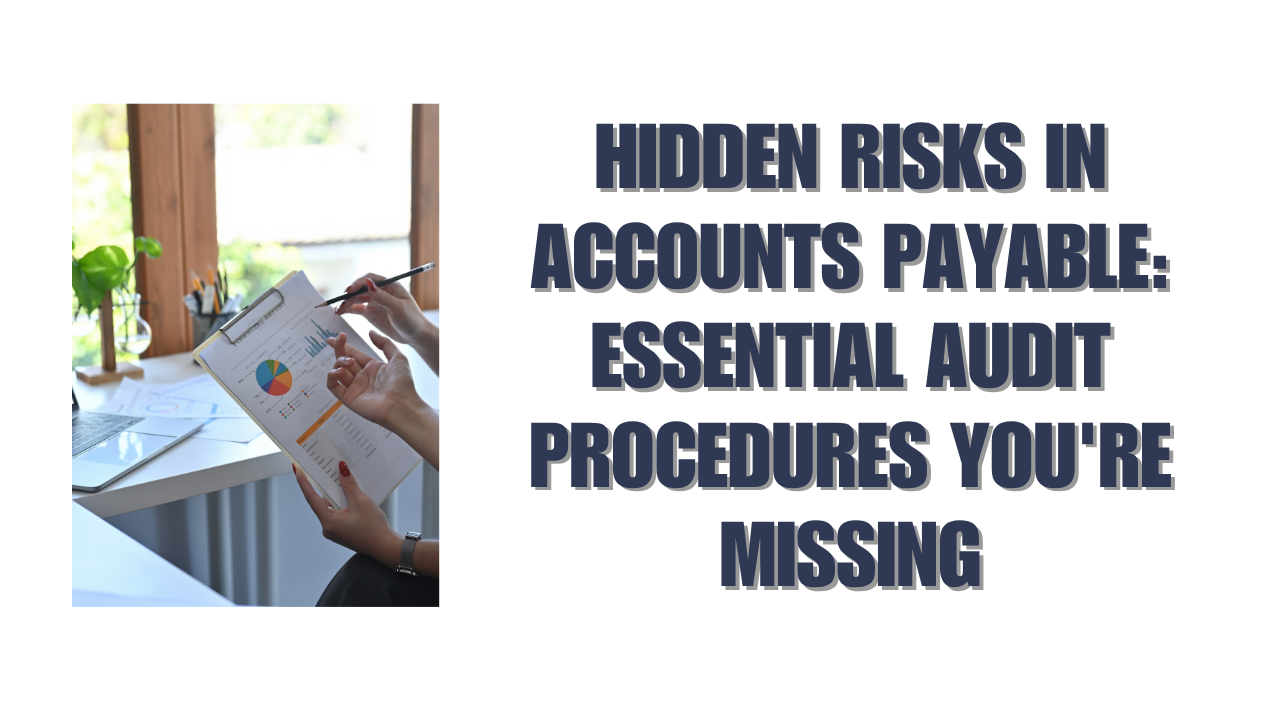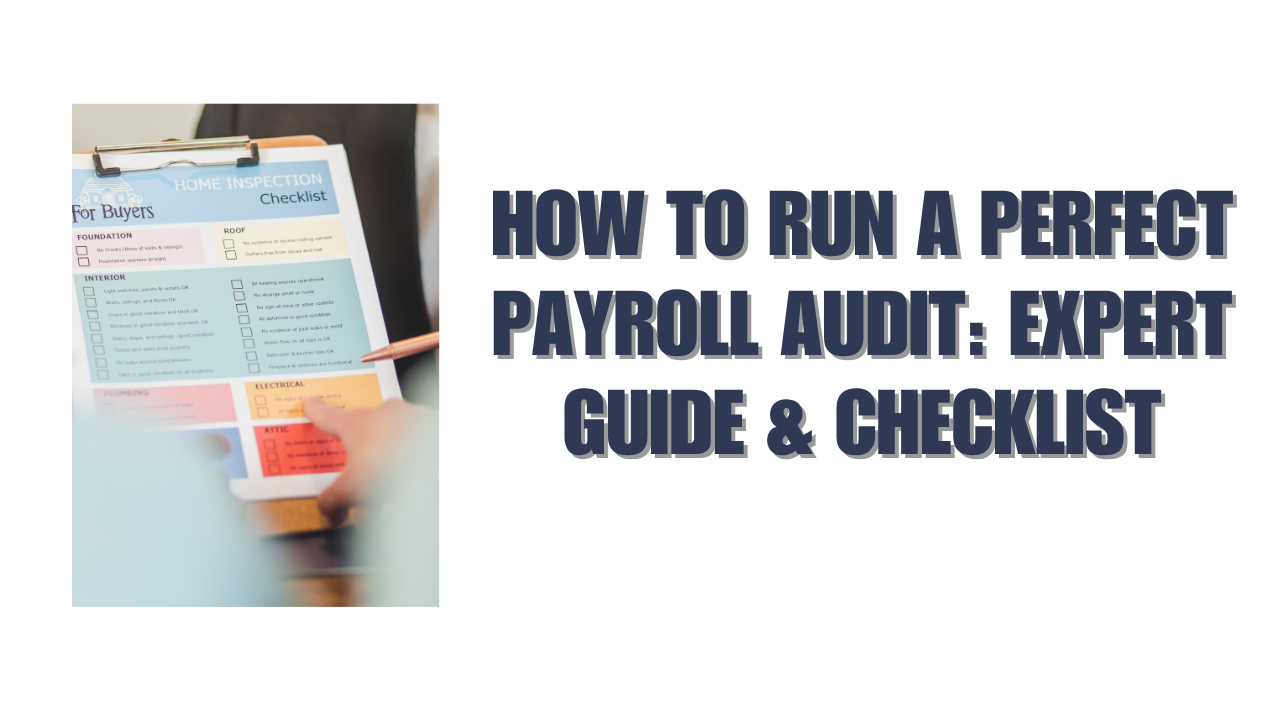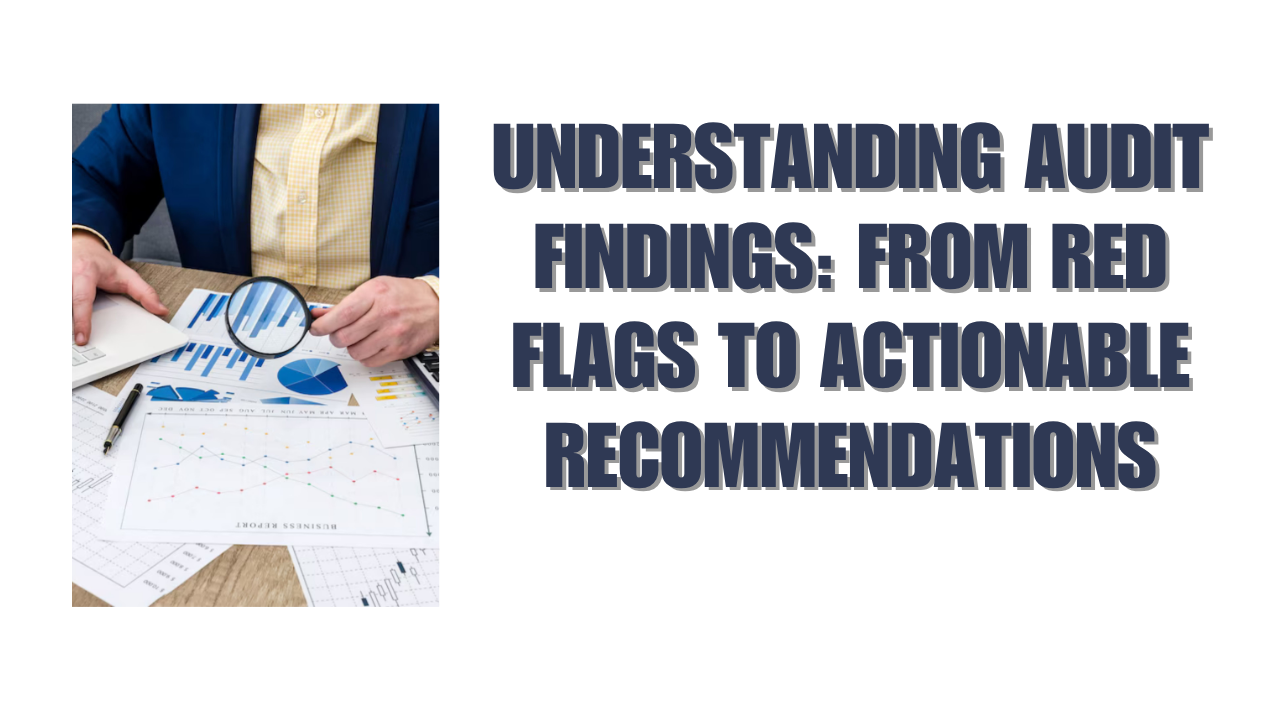Business closures affect around 600,000 companies each year. This stark reality has made interim CFO roles a vital part of today’s unpredictable business landscape. These experienced professionals provide specialized leadership to companies that need immediate financial guidance to survive crises.
Interim CFOs help stabilize struggling organizations by focusing on three main priorities. They conduct rapid financial diagnosis, manage cash flow aggressively, and implement strategic cost reductions. Companies in distress benefit from their expertise at a fraction of a full-time executive’s cost. The first 48 hours prove most significant as these professionals assess the situation and take emergency steps to preserve liquidity.
This piece explores how interim CFOs help businesses navigate from crisis to recovery. You’ll learn about their core responsibilities, required skills, and proven strategies that drive financial stabilization.
Understanding the Interim CFO Role in Crisis
During financial uncertainty, interim CFOs become strategic assets. They help companies overcome immediate challenges and build lasting stability. These specialized finance leaders bring unique capabilities that make them different from traditional CFO roles.
Key responsibilities during financial distress
Interim CFOs start with a complete financial health check within their first 72 hours on the job. They just need to focus on stable cash flow, emergency cost controls, and good vendor relationships. On top of that, they create and carry out crisis management strategies. They work closely with stakeholders to keep communication clear throughout the recovery process.
These professionals take control of debt restructuring, working capital optimization, and find ways to make operations more efficient. They watch over the setup of strong financial controls and reporting systems to keep the company’s finances from getting worse.
Required skills and qualifications
The best interim CFOs combine technical expertise with leadership skills. They show strong analytical abilities and know how to make quick, decisive actions under pressure. These professionals must be great at managing stakeholders because they guide complex relationships with boards, investors, and creditors.
The role just needs professionals who can:
- Get a quick grasp of complex financial situations and fix problems right away
- Guide teams through major changes
- Break down complex financial information for different stakeholders
- Run turnaround strategies while keeping daily operations going
Difference between permanent and interim CFOs
Interim CFOs are substantially different from permanent ones in several ways. Permanent CFOs look at long-term strategy and ongoing operations. Interim CFOs usually work on specific projects or handle crises. Both roles still need strong financial knowledge and leadership abilities.
Companies find the interim position more flexible and affordable. They get high-level expertise without long-term commitments. These professionals often bring special experience in crisis management, restructuring, and turnaround situations. This makes them especially valuable when companies face financial troubles or organizational changes.
Initial Crisis Assessment Framework
The life-blood of an interim CFO’s approach to financial stabilization is a strong crisis assessment framework. This structured method helps quickly evaluate a company’s financial position and identify critical issues that need immediate attention.
72-hour financial health check protocol
The first 72 hours can make or break a crisis response when establishing a clear picture of the company’s financial status. This critical period focuses on gathering essential data and quick analysis to determine how severe the situation is.
The protocol starts with a mobilization meeting. The interim CFO brings together stakeholders to discuss emerging crisis information and understand how it might affect different departments. The team then creates a “common operating picture” (COP) that becomes the single source of truth for everyone involved.
The 72-hour assessment looks at:
- Current cash position and upcoming obligations
- Debt structures and covenant compliance status
- Critical vendor relationships and payment tracking
- Operational efficiency standards
Cash flow analysis methodology
The cash flow analysis helps understand the company’s liquidity position and spots potential risks. Interim CFOs look beyond traditional metrics and take a complete approach to analyze both current and future cash flows.
A full cash flow analysis starts by comparing the company’s current cash position with money coming in and going out. This assessment looks at past sales data, economic factors, and patterns in how debtors pay.
The method looks at fixed and variable costs and highlights the difference between them. The interim CFO can then forecast cash needs for:
- Day-to-day operations and overhead
- Debt payments
- Working capital needs
- Seasonal inventory requirements
The assessment includes multiple scenarios that factor in various business conditions and market changes to ensure accurate cash flow projections. This helps the interim CFO develop backup plans and spot potential cash flow problems before they happen.
Immediate Crisis Stabilization Steps
Interim CFOs must take quick, decisive action to stabilize a company in financial crisis. They need to tackle several critical areas at once to stop the company’s financial position from getting worse.
Emergency cash management tactics
The core team focuses on speeding up cash inflows while carefully managing outflows. They take immediate steps like requesting deposits from new customers and sending more frequent invoices to improve their cash position. They also look for ways to get partial payments from past-due accounts to boost quick cash flow.
A complete approach to emergency cash management has negotiations for extended payment terms with suppliers, faster collection of receivables, and short-term financing when needed. These tactics ended up creating the financial breathing room needed for long-term recovery plans.
Critical vendor relationship management
Vendor relationships become crucial during financial hardship. Interim CFOs need to keep communication channels open with suppliers while they work to preserve cash. They must be upfront about the company’s situation and actively work with key vendors to keep essential supply lines running.
A smart approach to vendor management has:
- Segmenting suppliers into active and inactive categories
- Negotiating payment plans with critical vendors
- Offering cash in advance or on delivery for new purchases
- Being transparent about recovery plans
Urgent cost reduction measures
Careful planning goes into immediate cost-cutting to protect the company’s core operations. Interim CFOs must inspect every expense and focus on cutting non-essential costs while protecting revenue-generating activities.
Teams start by reviewing fixed and indirect costs, such as marketing and administrative expenses. Interim CFOs also look for ways to streamline operations by improving production processes or making supply chains more efficient.
Strategic cost management takes priority over random cuts. The team evaluates actual product or service costs and optimizes pricing to maintain healthy profit margins. These measures help interim CFOs stabilize the company’s finances while keeping its growth potential intact.
Recovery Strategy Development
Interim CFOs must focus on developing complete recovery strategies that ensure long-term sustainability after putting crisis measures in place. They should review existing business models and learn about new revenue opportunities during this phase.
Business model reassessment
Interim CFOs get a full picture of the company’s core business model after stabilizing cash flow. Studies show companies that make strategic business model changes during financial distress achieve a 53% higher annualized shareholder return compared to those maintaining status quo.
The reassessment starts with market dynamics and competitive positioning analysis. Interim CFOs must determine if current operational models meet market needs and spot areas that need strategic changes. To name just one example, successful turnarounds often streamline operations. Some organizations remove up to four management layers to improve efficiency and speed up decision-making.
An interim CFO’s role goes beyond financial analysis to include operational restructuring. They collaborate with management teams to identify core competencies and remove inefficient processes. This all-encompassing approach builds a more resilient organization ready to face future challenges.
Revenue stream diversification planning
We focused on developing multiple revenue channels to reduce dependency on single income sources. Companies with diverse revenue streams saw 38% higher net sales growth during market downturns. This strategy proved especially valuable when facing challenging economic conditions.
A strategic approach to revenue diversification has these key elements:
- New markets and customer segment opportunities
- Product or service expansion potential
- Strategic collaboration and acquisition possibilities
- New pricing models and revenue structures
Interim CFOs must weigh costs against benefits for each diversification initiative. Research shows companies that successfully implement diversification strategies during turnarounds improve their revenue cycle efficiency by 4%. This measured approach to expansion creates a more stable financial foundation.
The diversification strategy often leads to unconventional revenue sources. Some organizations revolutionize their business models by expanding into complementary services or adopting subscription-based pricing. Interim CFOs ensure new revenue streams match the company’s core competencies while generating sufficient returns on investment.
Interim CFOs guide organizations toward more resilient business models through careful planning and execution. This transformation balances short-term stability with long-term growth goals and ended up creating a stronger foundation for sustained success.
Measuring Recovery Progress
Recovery progress needs detailed measurement in multiple areas to make lasting improvements. The core team of interim CFOs should set up monitoring systems that track both numbers and qualitative signs of business health.
Key financial recovery metrics
We focused on tracking net loss rates that measure the total percentage of dollars loaned that become written-off losses. They also watch delinquency rates to check what percentage of outstanding loans have missed payments. This acts as an early warning system for financial stress.
Roll rates are a vital metric that shows what percentage of delinquent dollars move between delinquency categories over time. This helps interim CFOs predict how their portfolio will perform and adjust their strategy. They can spot trends and fix problems before they get worse.
Stakeholder confidence indicators
Beyond financial numbers, interim CFOs must watch signs that show stakeholder trust and participation. The promise-to-pay rate measures how many delinquent accounts commit to payment plans, which is a key trust metric. The promise-to-pay kept rate shows how many people actually follow through on these commitments.
Customer retention rates tell us about stakeholder confidence by showing how likely customers are to stay with the company after debt recovery. Higher retention usually means recovery strategies work and stakeholders trust the company again.
Key stakeholder confidence metrics include:
- Net Promoter Score (NPS) measuring customer likelihood to recommend the brand
- Customer satisfaction levels following recovery interactions
- Employee engagement and retention during turnaround
- Investor confidence indicators
Operational efficiency measures
Operational metrics are essential to measure recovery success. Resolution rates show how well teams turn first customer contact into successful payment plans. Time to payback helps evaluate recovery operations by measuring how long it takes to recover customer acquisition costs.
Interim CFOs watch accounts per employee ratios to make sure resources and productivity are optimal. This metric helps find operational bottlenecks and ways to improve processes.
Sell-Through Rate: This metric shows how much inventory has sold as a percentage of the amount bought from suppliers in a month. The number tells a retailer if its inventory levels are too high or too low. A high sell-through rate can also mean the price is too low. You can calculate this on a unit or dollar basis.
- Sell-through rate = (Sales in month/Month beginning inventory) x 100
Average Order Value/Average Purchase Value: This number gives a retailer information on how much its customers spend in a single purchase. The retailer can use these insights to adjust marketing, pricing and inventory.
- Average order value/Average purchase value = Total sales / Total transactions
Sell-through rates and average order values help learn about operational effectiveness and how the market responds to recovery efforts.
Conclusion
Interim CFOs lead businesses from crisis to recovery with strategic financial guidance and quick decisions. Their expert knowledge becomes crucial during the first 72 hours when quick assessment and emergency actions build the path to stability.
These leaders stand out from traditional CFOs by knowing how to set up crisis controls while crafting long-term recovery plans. They build a strong foundation for business revival through cash flow management, vendor relationships, and targeted cost reduction.
A complete recovery plan includes business model evaluation, diverse revenue streams, and careful progress monitoring. Research shows companies that embrace these strategic shifts earn higher returns than those who stick to old methods.
Interim CFOs track financial metrics, stakeholder trust levels, and performance standards to ensure lasting improvement instead of quick fixes. This systematic process helps struggling companies become resilient and ready to face future challenges.
FAQs
Q1. What are the key responsibilities of an interim CFO during a financial crisis?
An interim CFO’s primary responsibilities include conducting rapid financial assessments, implementing emergency cash management tactics, maintaining critical vendor relationships, and developing crisis management strategies. They focus on stabilizing cash flow, implementing cost controls, and working closely with stakeholders to ensure transparent communication throughout the recovery process.
Q2. How does an interim CFO differ from a permanent CFO?
Interim CFOs typically engage in specific projects or crisis situations, focusing on short-term financial stabilization and turnaround strategies. They bring specialized experience in crisis management and restructuring, offering greater flexibility and cost-effectiveness compared to permanent CFOs who focus on long-term strategy and ongoing operations.
Q3. What is the 72-hour financial health check protocol?
The 72-hour financial health check is a crucial initial assessment conducted by interim CFOs. It involves evaluating the company’s immediate cash position, analyzing debt structures, reviewing critical vendor relationships, and assessing operational efficiency benchmarks. This rapid analysis helps determine the severity of the financial situation and identify critical issues requiring immediate attention.
Q4. How do interim CFOs approach revenue stream diversification?
Interim CFOs focus on developing multiple revenue channels to reduce dependency on single income sources. They evaluate potential new markets, assess opportunities for product or service expansion, analyze strategic partnerships, and implement new pricing models. This approach helps create a more stable financial foundation and improves the company’s resilience to market fluctuations.
Q5. What key metrics do interim CFOs use to measure recovery progress?
Interim CFOs track various metrics to measure recovery progress, including financial indicators like net loss rates and delinquency rates. They also monitor stakeholder confidence indicators such as customer retention rates and Net Promoter Scores. Additionally, operational efficiency benchmarks like resolution rates and accounts per employee ratios are used to assess the effectiveness of recovery initiatives.





